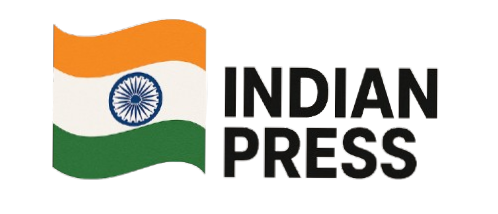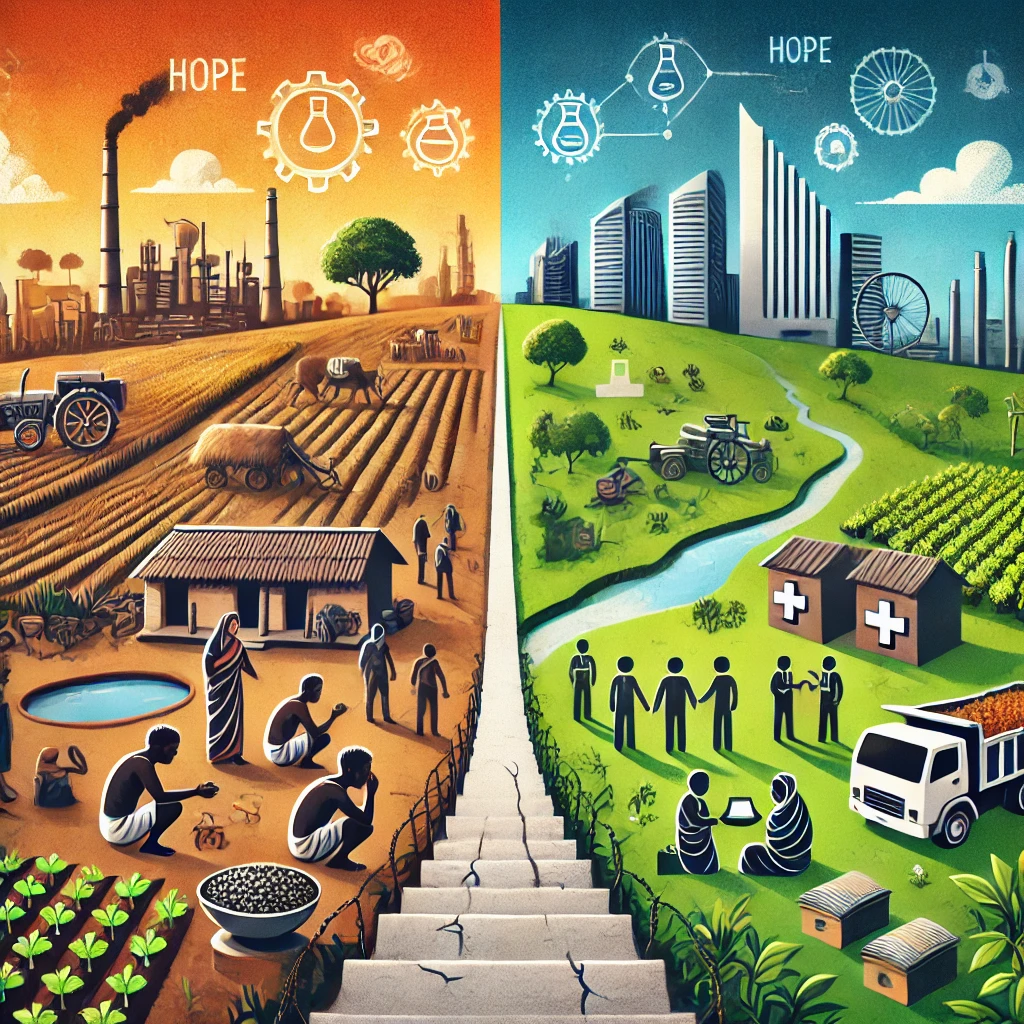In recent years, Bangladesh has made remarkable progress in reducing its poverty rate, surpassing India in several key socio-economic indicators. While both countries have historically faced similar challenges, such as high population density, reliance on agriculture, and vulnerability to natural disasters, Bangladesh has managed to outpace India in poverty reduction. This article explores the comparative poverty rates of India and Bangladesh, analyzes the reasons behind Bangladesh’s success, and examines why India lags behind.
Poverty Rates: A Comparative Overview
As of recent data:
- Bangladesh: The poverty rate in Bangladesh has declined significantly, with less than 20% of the population living below the poverty line as of 2023. Extreme poverty (those living on less than $1.90 per day) has also seen a sharp reduction.
- India: India’s poverty rate is estimated to be around 20-30%, with significant regional disparities. While urban areas have seen progress, rural poverty remains a persistent challenge.
Despite India’s larger economy and higher GDP, Bangladesh has outperformed India in reducing poverty and improving human development indicators such as life expectancy, maternal mortality, and gender parity in education.
Reasons Behind Bangladesh’s Success
- Focus on Social Development:
- Bangladesh has prioritized investments in social sectors like education, healthcare, and women’s empowerment. Programs like the Female Secondary School Stipend Program have significantly improved girls’ education rates, leading to better economic outcomes.
- The country has also achieved remarkable success in reducing child mortality and improving maternal health through targeted healthcare initiatives.
- Textile and Garment Industry:
- Bangladesh’s booming ready-made garment (RMG) industry has been a major driver of economic growth and employment. The sector employs millions of workers, particularly women, providing them with stable incomes and lifting families out of poverty.
- In contrast, India’s manufacturing sector has not grown at the same pace, and its labor-intensive industries have struggled to create jobs on a similar scale.
- Effective Microfinance and NGO Involvement:
- Bangladesh is home to pioneering microfinance institutions like Grameen Bank, which have empowered millions of low-income individuals, especially women, to start small businesses and improve their livelihoods.
- NGOs like BRAC have played a significant role in poverty alleviation, providing education, healthcare, and financial services to marginalized communities.
- Population Management:
- Bangladesh has made significant strides in population control through family planning programs, resulting in a lower population growth rate compared to India. This has reduced the pressure on resources and allowed for more targeted poverty alleviation efforts.
- Pro-Poor Policies:
- The Bangladeshi government has implemented pro-poor policies, such as social safety nets, food security programs, and disaster management initiatives, which have directly benefited the poorest segments of society.
Why India Lags Behind
- Inequality and Regional Disparities:
- India’s poverty reduction efforts have been uneven, with states like Bihar, Jharkhand, and Uttar Pradesh lagging behind. Regional disparities in development and resource allocation have hindered overall progress.
- In contrast, Bangladesh has achieved more uniform development across its regions.
- Slower Growth in Labor-Intensive Industries:
- India’s manufacturing sector has not grown as rapidly as Bangladesh’s, particularly in labor-intensive industries like textiles. This has limited job creation for low-skilled workers, who form a significant portion of the poor.
- Inefficient Implementation of Welfare Schemes:
- While India has launched numerous poverty alleviation programs, issues like corruption, bureaucratic inefficiency, and lack of awareness have often diluted their impact.
- Bangladesh’s smaller size and more centralized governance structure have allowed for more effective implementation of social programs.
- Higher Population Growth:
- India’s population continues to grow at a faster rate than Bangladesh’s, straining resources and making it harder to provide adequate services to all citizens.
- Gender Inequality:
- India lags behind Bangladesh in gender equality, particularly in education and workforce participation. Empowering women has been a key factor in Bangladesh’s poverty reduction success, and India’s slower progress in this area has hindered its overall development.
Lessons for India
India can learn several lessons from Bangladesh’s success in poverty reduction:
- Invest in Social Sectors: Prioritize education, healthcare, and women’s empowerment to create a more inclusive and equitable society.
- Promote Labor-Intensive Industries: Focus on sectors like textiles and manufacturing to create jobs for low-skilled workers.
- Strengthen Implementation of Welfare Programs: Address corruption and inefficiency to ensure that poverty alleviation schemes reach their intended beneficiaries.
- Encourage Microfinance and NGO Participation: Leverage the potential of microfinance institutions and NGOs to empower marginalized communities.
- Control Population Growth: Implement effective family planning programs to reduce the pressure on resources and improve per capita outcomes.
Conclusion
While India and Bangladesh share similar historical and socio-economic challenges, Bangladesh’s focused approach to social development, effective implementation of pro-poor policies, and success in labor-intensive industries have enabled it to outperform India in poverty reduction. India, with its larger economy and resources, has the potential to catch up and even surpass Bangladesh, but this will require addressing structural issues, reducing inequality, and prioritizing inclusive growth. By learning from Bangladesh’s successes and addressing its own shortcomings, India can pave the way for a more prosperous and equitable future.









